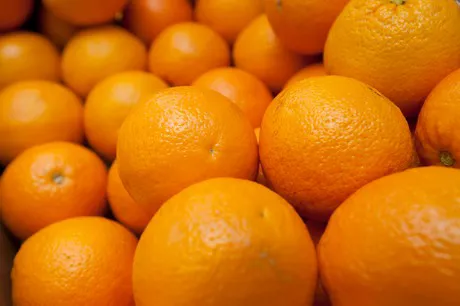According to the analysis carried out by Borsa Merci Telematica Italiana and Italmercati, the trend of the 2018/19 orange campaign has not been particularly positive.
The increase in temperatures from January onward led to a drop in demand and therefore to decreasing prices especially when it comes to medium and big fruits. The perception of a milder winter has in fact led consumers to purchasing other less-seasonal products even though the produce was actually better than expected.
Between late September 2018 and late January 2019, the domestic blonde orange production was sufficient despite the delay - fruits had a good quality and medium-large grades.

As regards pigmented oranges, the Tarocco campaign started regularly with a higher percentage of medium/large graded fruits.
If we compare the prices of the current campaign with those of the two past campaigns, we can see a consistent increase in prices for fruits with a small grade, for which demand remains constant and lively when it comes to fresh juice. During the past campaign, the average price of grade-9 Tarocco oranges was 72 eurocents per kg while, during the current campaign, the price was 82 eurocents.
Considering the price trend of a medium-grade orange (e.g. grade 8), we can see how the quotations during the first part of the campaign coinciding with the Christmas period and with a colder weather were higher than in the previous campaigns. As of early February, quotations dropped considerably to levels similar to 2018, which was a very negative year.
Demand has been increasing over the past few years, especially for the recently-introduced pigmented varieties, so there is still hope for things to pick up.
